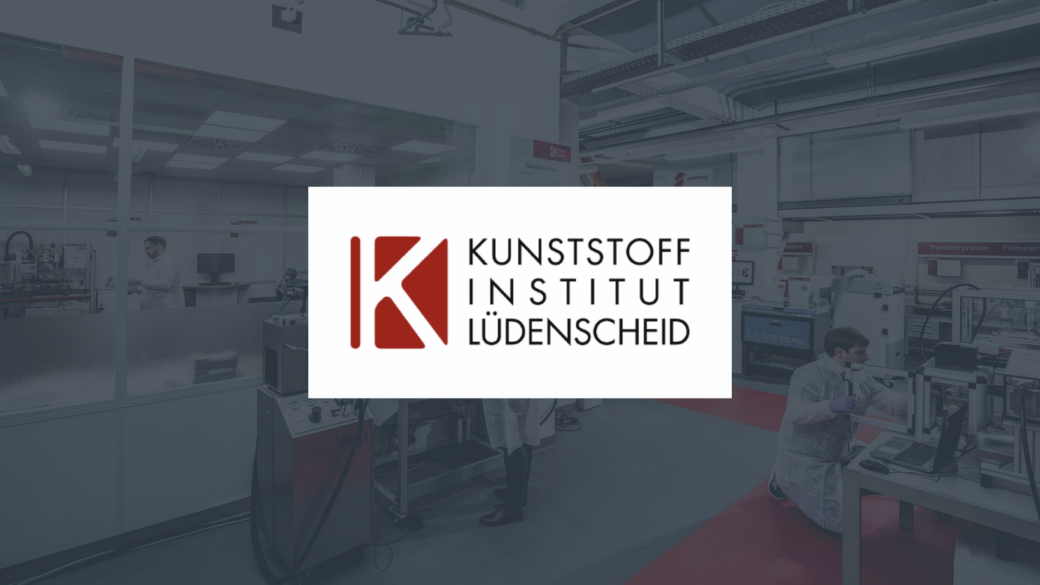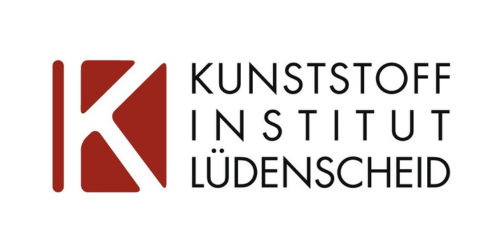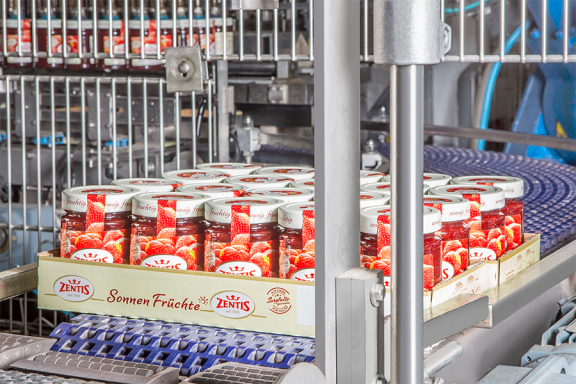AI Use Casesfor Businesses and Organisations
The d.velop pilot: Build your own AI assistants
The d.velop pilot automatically recognises documents and their contents, generates summaries within seconds, and answers complex questions directly in the chat – all in natural, conversational language. Relevant knowledge from across the organisation is securely provided, enabling users to instantly access information such as contract durations or concise content overviews – without time-consuming research, conveniently via their own chat widget.

AI-powered document processing
Intelligent Document Processing (IDP) is a technology that automatically captures, transforms and processes data and documents. Using Artificial Intelligence (AI), Machine Learning (ML) and Natural Language Processing (NLP), specific information can be extracted and analysed from various types of documents. This enables the entire document lifecycle within businesses and organisations to be digitally and automatically supported.

AI-driven process automation combined with the d.velop process studio
Experience seamless integration of cutting-edge AI capabilities directly within the d.velop process studio. With our new feature, you can design and optimise recurring processes more efficiently. Effortlessly delegate tasks to AI using simple prompts, relieving your employees of tedious routine work and freeing up time for value-adding activities. Harness the power of artificial intelligence to make your workflows smarter and more productive.

d.velop pilot
Quickly and easily create your own AI assistants using your organisation’s knowledge
Every organisation holds vast amounts of valuable information in documents and archives. Yet this knowledge often remains untapped – due to a lack of technical capabilities and expertise needed to unlock it and make it usable in employees’ daily work. d.velop makes this possible with the d.velop pilot.
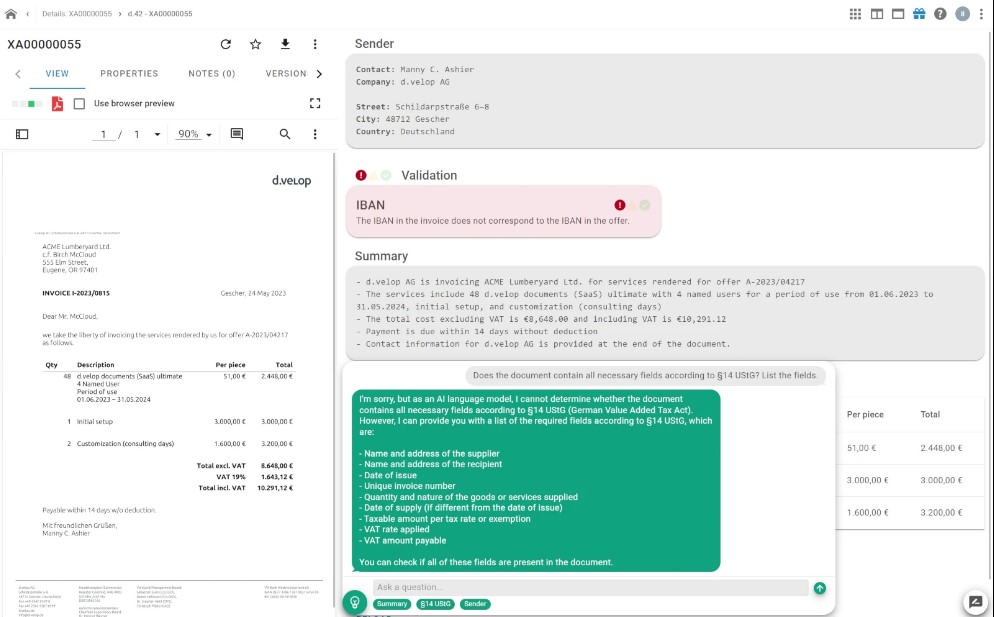
- Smart importing: Document types and properties can be automatically identified and clearly displayed in the index. Results from the AI are highlighted and can be output in seconds.
- Smart context: Contextual information is automatically generated for each document – for example, sender information or short summaries.
- Smart chat: The chat function allows you to ask questions about the document or enter information. Summaries of texts, responses relating to queries about contractual deadlines, and other information are made available in real time.
d.velop documenten
AI-Assisted Document Processing
In veel bedrijven en organisaties is het vastleggen en digitaliseren van documenten vaak nog een handmatig proces dat veel tijd kost en niet leuk is. AI-technologieën bieden het antwoord.
Split Documents
- AI-based document separation: Large volumes of scanned documents are automatically separated in seconds.
- Text and image analysis: Document identification relies on text and image data.
- You stay in control: All suggestions can be easily overridden by the user.
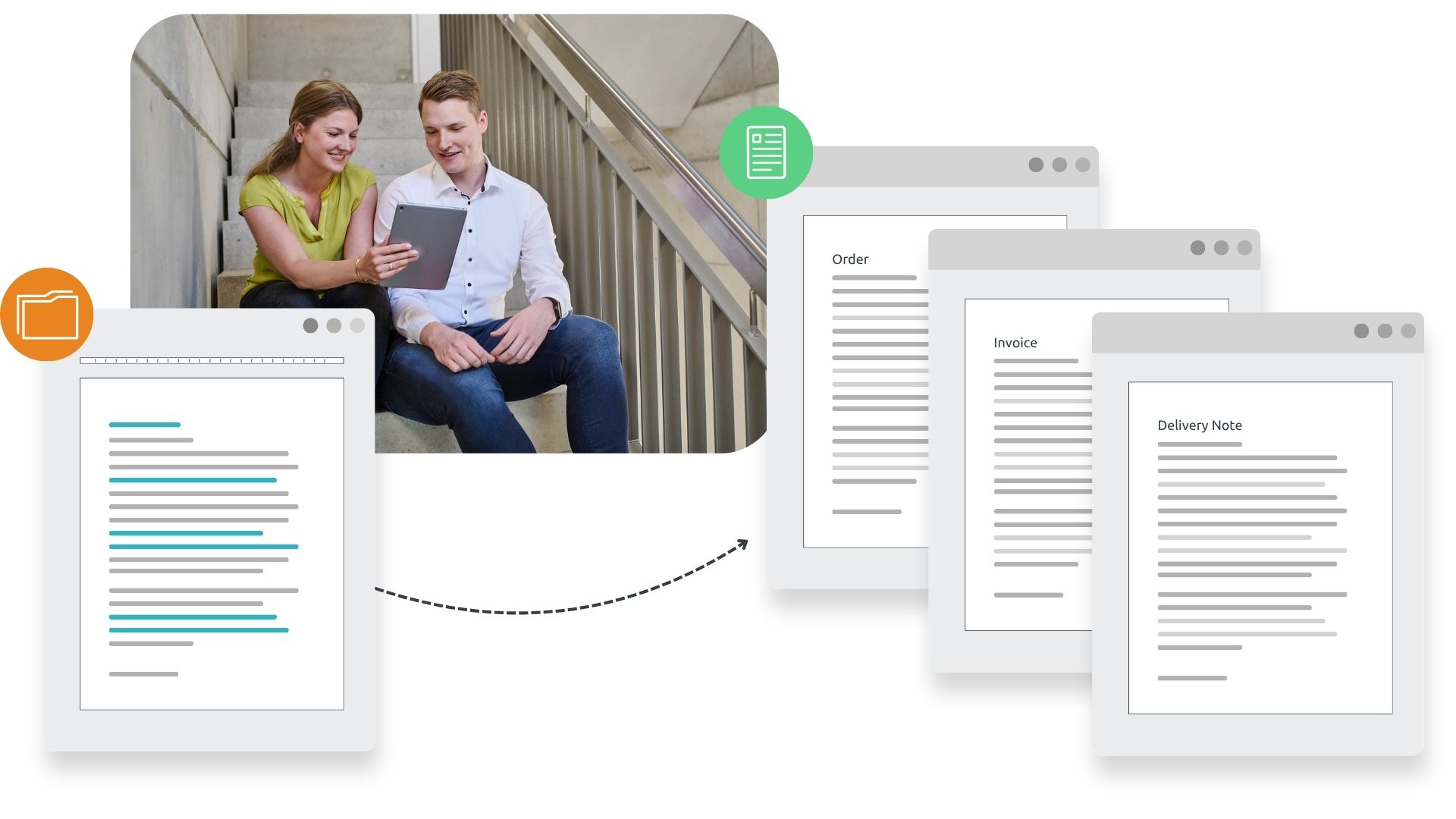
Identify and Classify Documents
- Reliable identification of documents types, such as invoices, reminders, and delivery notes with AI.
- Workflows based on document type: Automatic classification in digital repositories or automated post distribution.
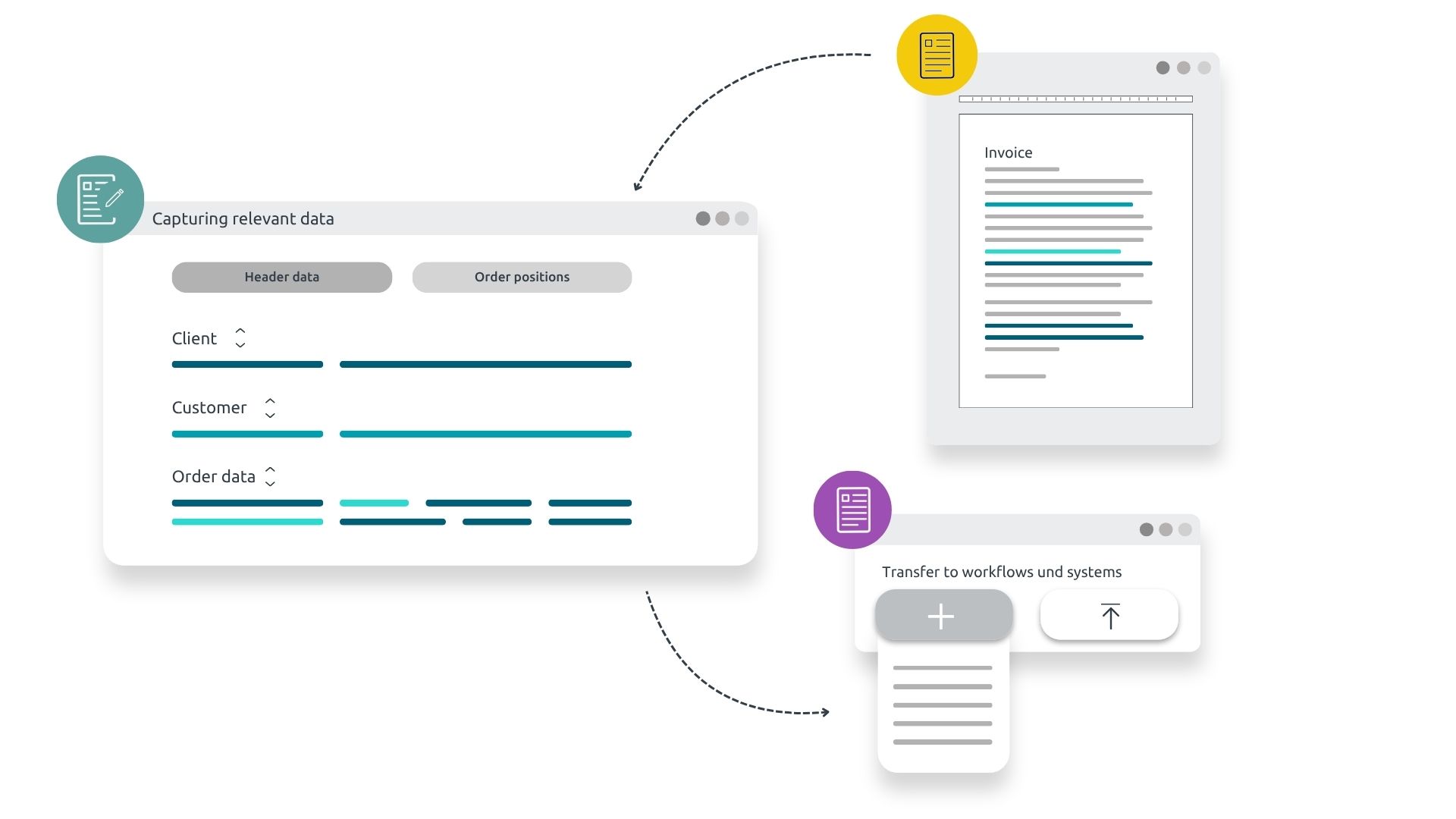
Extract Data from Documents
- Automatische patroonherkenning in tekstbestanden met extractie van relevante informatie.
- Innovative Natural Language Processing (NLP) technologies allow options such as automatic reading of invoice data such as the invoice number, date, or amount when processing invoices – even without rule sets or keywords.
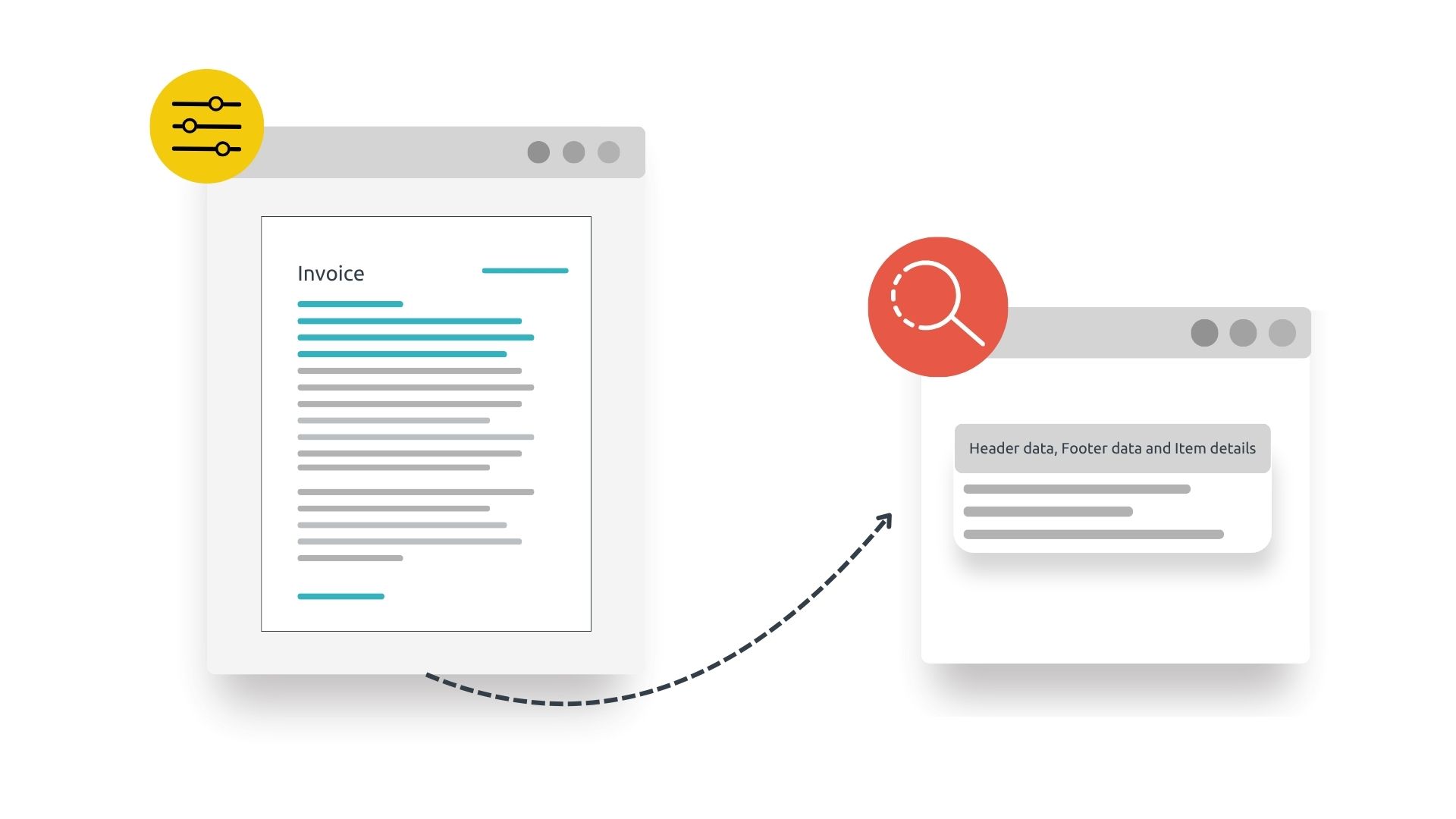
Intelligente documentverwerking
Experience AI-Powered Document Processing
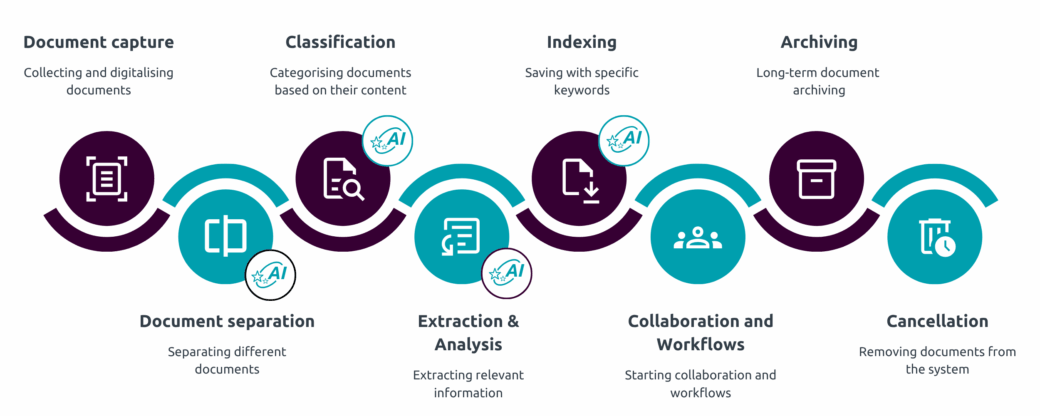
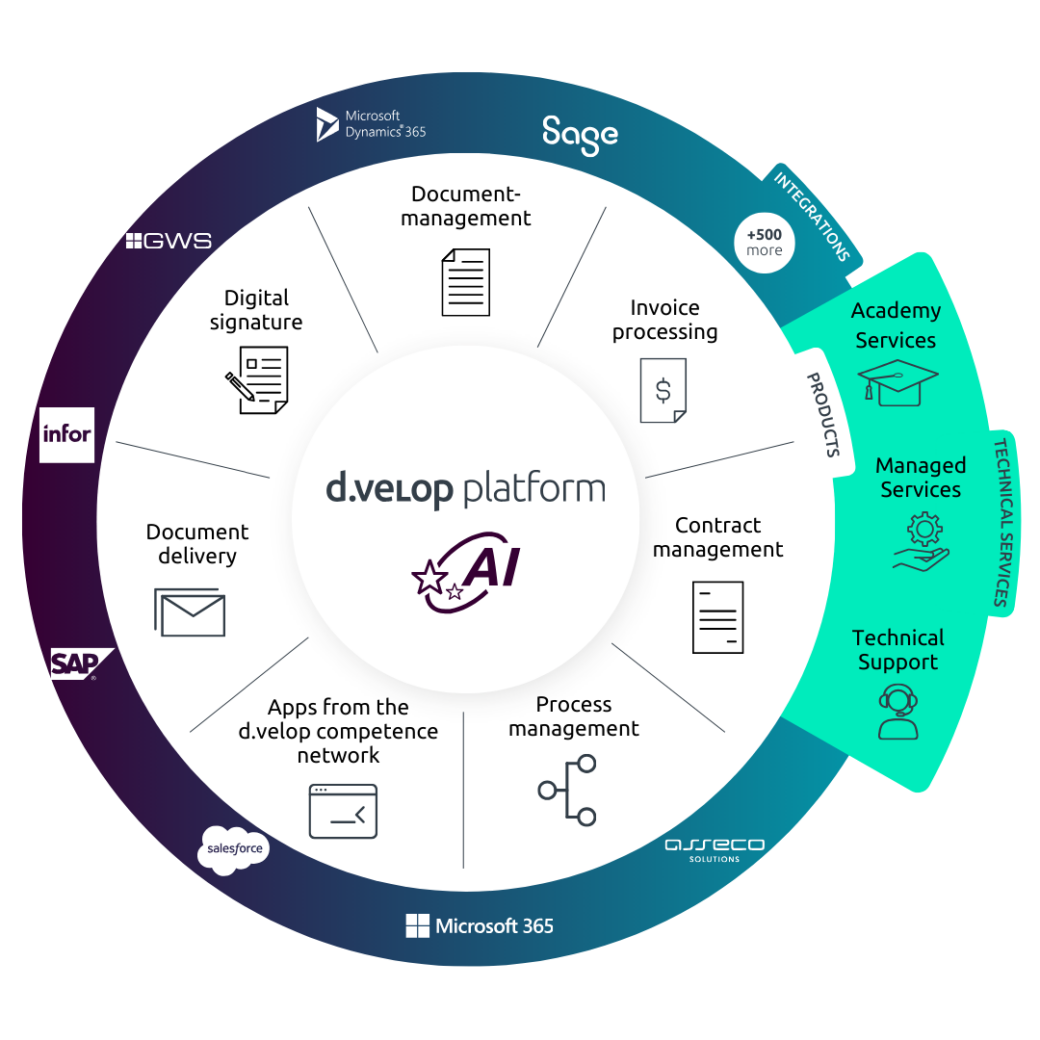
AI meets platform economy
Just like the entire d.velop platform, we rely on collaboration. The d.velop software is continuously enhanced by a growing number of specialised offerings from AI companies such as OpenAI, Parashift, ambeRoad and many others. Through these AI partnerships, d.velop customers gain access to the full spectrum of cutting-edge AI innovations.
You can be confident that industry-specific solutions are also available via the d.velop platform. Whether it’s generative AI models, highly specialised approaches for extracting information, or the combination of diverse technologies – the d.velop platform doesn’t tie you to a single provider. Instead, it offers a wide range of options to choose from.
And just like d.velop itself, many app builders on the d.velop platform are already integrating AI into their solutions as a matter of course – to deliver the best possible software experience.
Insights and Resources on AI
Interested in a Deep Dive?
Discover how AI is transforming document management and business workflows – with news and detailed information right here.
FAQ
Frequently Asked Questions about AI
De term AI omvat een paar verschillende dingen.
Ten eerste zijn er twee hoofdtypen AI, gedefinieerd door hun reikwijdte:
1) Smalle (zwakke) AI:De AI heeft geen allesomvattend begrip en bestaat alleen om één taak uit te voeren.
2) Algemene (sterke) AI:De AI heeft een allesomvattend begrip en een bewustzijn, net als een mens. Op dit moment blijft dit een theoretische vorm.
Laten we nu eens kijken naar drie belangrijke subsets of toepassingen van AI:
3) Machinaal leren:Een computer gebruikt algoritmen om te leren van gegevens en ervaringen, waardoor hij beter kan presteren op een specifieke taak.
4) Natuurlijke taalverwerking:Decomputer kan menselijke taal begrijpen en ermee werken, bijvoorbeeld in de vorm van chatbots.
5) Robots en autonome systemen:Deze maken gebruik van op AI gebaseerde technologie om autonoom taken uit te voeren en beslissingen te nemen, zonder voortdurend menselijk toezicht. Autonome robots worden gebruikt op verschillende gebieden, bijvoorbeeld autofabricage, landbouw of exploratie.
Een groot taalmodel (LLM) is een groot, vooraf getraind taalmodel op basis van neurale netwerken met transformatorarchitectuur en algoritmen voor diep leren. Het voortrainen gebeurt op zeer grote hoeveelheden tekst en wordt verfijnd voor specifieke taken.
Grote Taalmodellen (LLM's) "begrijpen", verwerken en genereren natuurlijke taal en kunnen voor veel taken worden gebruikt, zoals het beantwoorden van vragen of het samenvatten, aanvullen, vertalen of genereren van teksten. LLM's kunnen zelfs complexe teksten, vragen of instructies verwerken en grammaticaal en orthografisch correcte, samenhangende schriftelijke resultaten genereren. [Toegegeven, de tekst die je nu leest is geschreven en vertaald door bekwame mensen].
Natural Language Processing (NLP) is een deelgebied van kunstmatige intelligentie (AI). Het doel van NLP is om computers in staat te stellen menselijke (of "natuurlijke") taal te begrijpen. Omgekeerd zou het ook mensen zonder programmeerkennis in staat kunnen stellen om te communiceren met intelligente machines. Belangrijke aspecten binnen NLP zijn tekstverwerking, spraakherkenning, woord- en semantische gelijkenis, sentimentanalyse, taalvertaling en -generatie en vraag-antwoordsystemen. Op NLP gebaseerde AI-engines kunnen vaak een natuurlijke dialoog aangaan met mensen, bijvoorbeeld via geavanceerde chatbots of spraakassistenten.
Machinaal leren is een snel ontwikkelend deelgebied binnen de kunstmatige intelligentie. Het wordt gebruikt en onderzocht in NLP-gerelateerde gebieden zoals spraakherkenning of vertaling, maar ook in een groot aantal andere gebieden zoals autonome voertuigen, medische diagnose, game-ontwikkeling of productie. Het doel van ML is om computers in staat te stellen door ervaring te leren en bepaalde uitdagingen op te lossen of bepaalde taken na verloop van tijd steeds beter uit te voeren. Aan de basis van ML ligt een vorm van gegevensanalyse, patroonherkenning en besluitvorming, waardoor het AI-model taken kan uitvoeren of voorspellingen kan doen.
Bij documentherkenning gebruikt de AI machine-learningtechnieken om te leren van voorbeelddatasets: Bijvoorbeeld: Zakelijke documenten worden vertaald naar een abstracte vorm. Dit wordt vervolgens gebruikt om een wiskundig model van de documenten te maken. Dit kan dan weer gebruikt worden om uitspraken te doen over de documenten. Het leerproces omvat het bekijken van vele duizenden voorbeelden in een dataset waarvan het gewenste antwoord al bekend is. Telkens wanneer een nieuw voorbeeld wordt gepresenteerd, doet het AI-model een voorspelling. Als deze niet correct is, wordt het model aangepast om toekomstige fouten te verminderen. Het AI-model leert van zijn fouten.
Contact & Consultation
Get to know the AI-powered d.velop software
Request your personalised live demo of the d.velop software in just a few clicks. Experience the software live and ask your questions directly.
Simply fill out the form – we’ll get in touch with you shortly.
